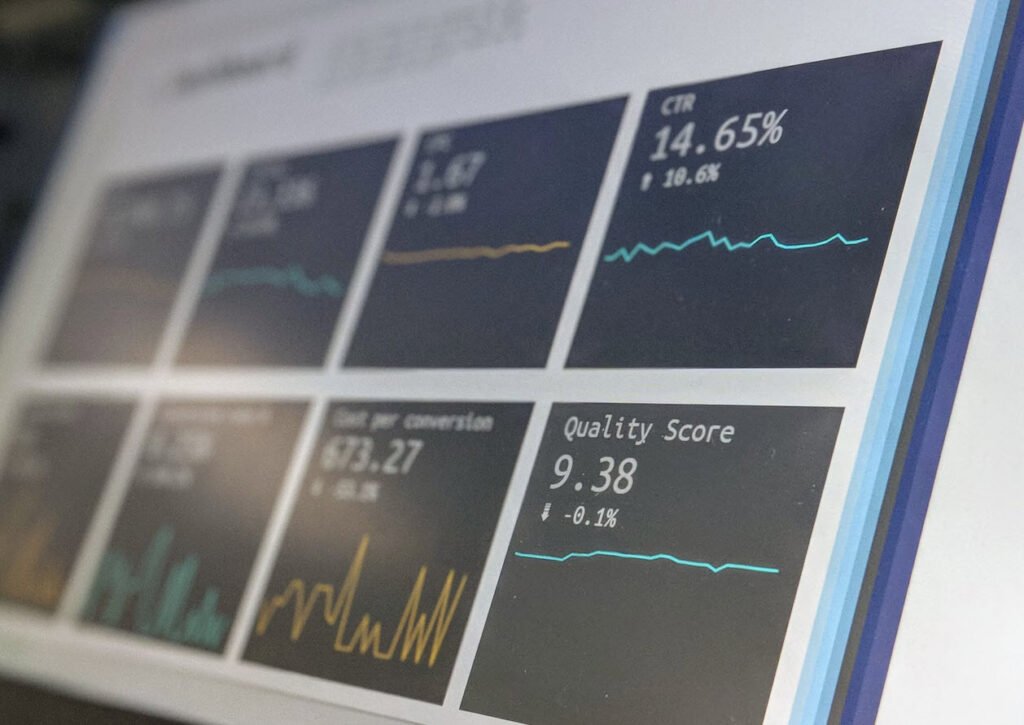
Data analysis has become an indispensable aspect of decision-making processes in businesses across various industries. Extracting valuable insights from data can lead to improved strategies, increased efficiency, and better outcomes. To effectively manage the data analysis workflow, data scientists and analysts often employ a structured approach known as the CRISP-DM model.
CRISP-DM, which stands for Cross-Industry Standard Process for Data Mining, provides a well-defined roadmap that guides professionals through the different stages of data analysis, from understanding the business problem to deploying actionable solutions.
Let’s explore each of the main stages in the CRISP-DM model:
1. Business Understanding
The journey of data analysis begins with a clear understanding of the business context and objectives. In this stage, the key stakeholders collaborate with data experts to identify the problem at hand, define the project’s goals, and determine the desired outcomes. By combining domain knowledge and business expertise, the team establishes the groundwork for the data analysis process.
2. Data Acquisition and Understanding
Once the business goals are defined, the next step is to gather relevant data that will be used for analysis. This stage involves sourcing data from various internal and external sources while ensuring data quality and integrity. Data experts then delve into the collected data to gain insights into its structure, meaning, and potential limitations. Exploratory data analysis may also be performed to reveal initial patterns and trends.
3. Data Preparation
Before data can be subjected to analysis and modeling, it must undergo thorough preparation. This stage, often referred to as data munging or data wrangling, involves cleaning the data to handle missing values, duplicates, and outliers. Data transformation may be necessary to convert data into appropriate formats and units. Ensuring data quality is a critical aspect of this stage, as the accuracy and reliability of subsequent analysis heavily depend on the quality of the prepared dataset.
4. Modeling and Analysis
At the heart of the CRISP-DM model lies the modeling and analysis stage, where data scientists utilize various techniques to explore the data deeply and build predictive or descriptive models. This stage involves selecting suitable algorithms, training models, and evaluating their performance against the business objectives. Depending on the complexity of the problem, multiple modeling iterations may be performed to find the most suitable approach.
5. Evaluation
While data analysis and modeling provide valuable insights, the true value lies in the evaluation stage. In this critical phase, the results obtained from different models and techniques are rigorously assessed against the initial business objectives. The team identifies the strengths and weaknesses of each model and determines which approach best aligns with the project’s requirements. Often, this stage necessitates revisiting the previous stages to refine the data and modeling process for more accurate results.
6. Deployment
With a robust model and validated insights at hand, the final stage involves implementing the results into practical use. The deployment phase brings data-driven decision systems to life, enabling end-users to utilize the analysis to make informed choices. The deployed system may range from real-time prediction tools to simple ad-hoc reports, depending on the nature of the project and the intended audience.
Conclusion
The CRISP-DM model serves as an essential guide for data professionals, ensuring a systematic and structured approach to data analysis. By following the main stages of Business Understanding, Data Acquisition and Understanding, Data Preparation, Modeling and Analysis, Evaluation, and Deployment, organizations can effectively transform raw data into actionable insights, empowering them to make informed decisions and gain a competitive edge in the market.
Embracing the CRISP-DM model as a standard data analysis process paves the way for data-driven success in an increasingly data-centric world.








